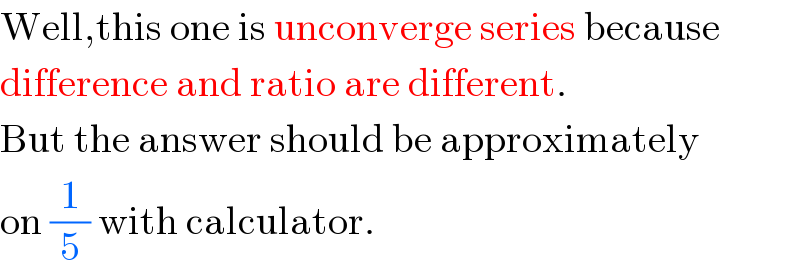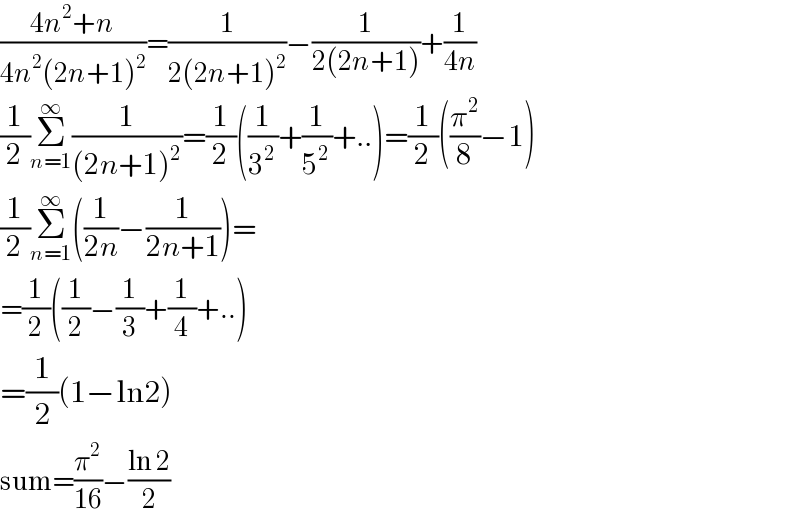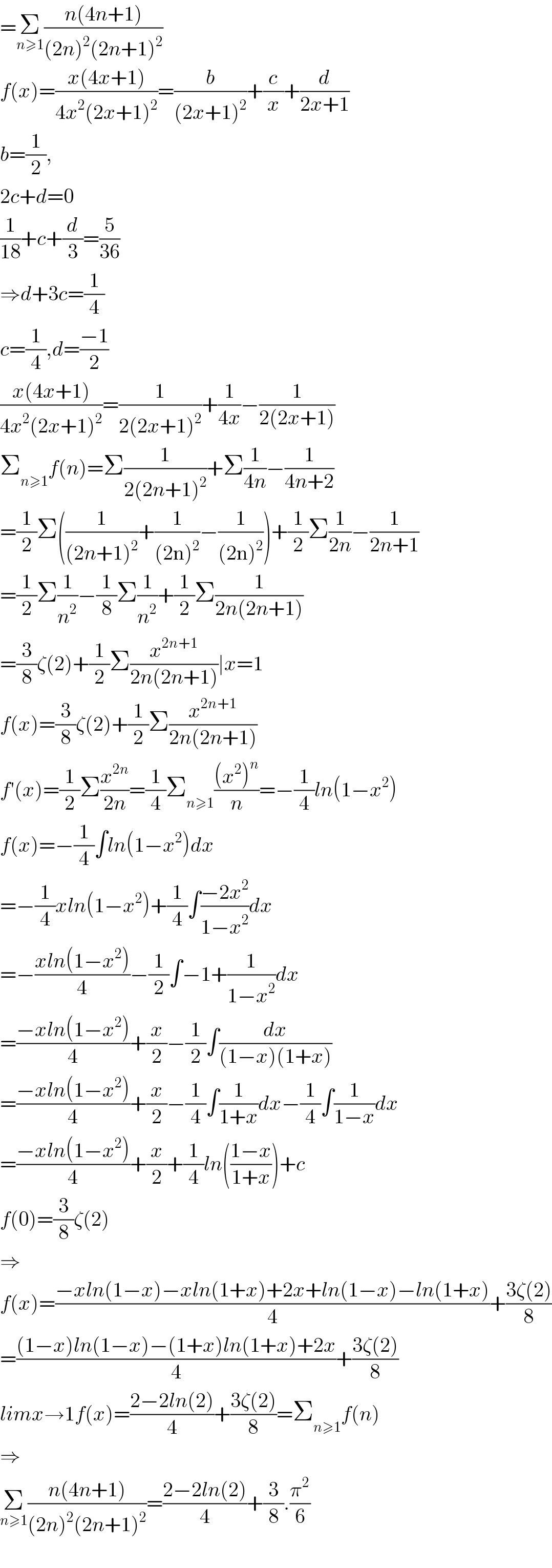
Question and Answers Forum
Question Number 70783 by naka3546 last updated on 08/Oct/19

Commented by tw000001 last updated on 08/Oct/19

Commented by tw000001 last updated on 08/Oct/19

Commented by naka3546 last updated on 08/Oct/19

Commented by prakash jain last updated on 08/Oct/19

Answered by mind is power last updated on 08/Oct/19

